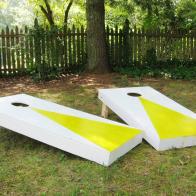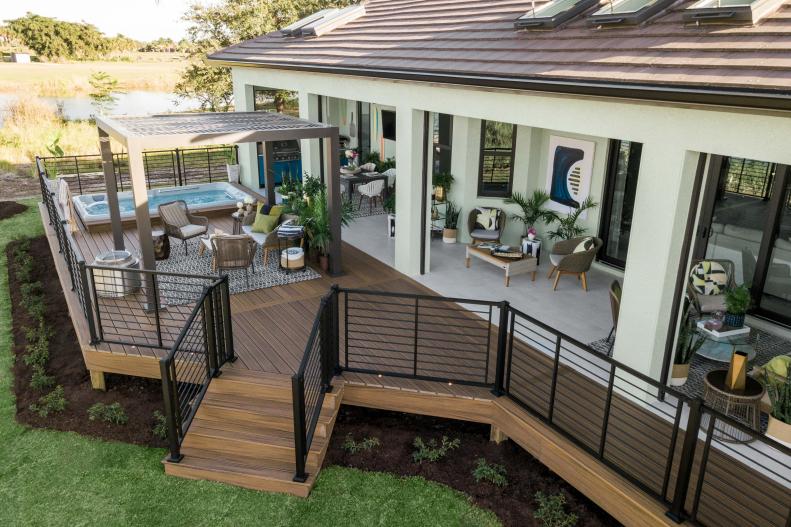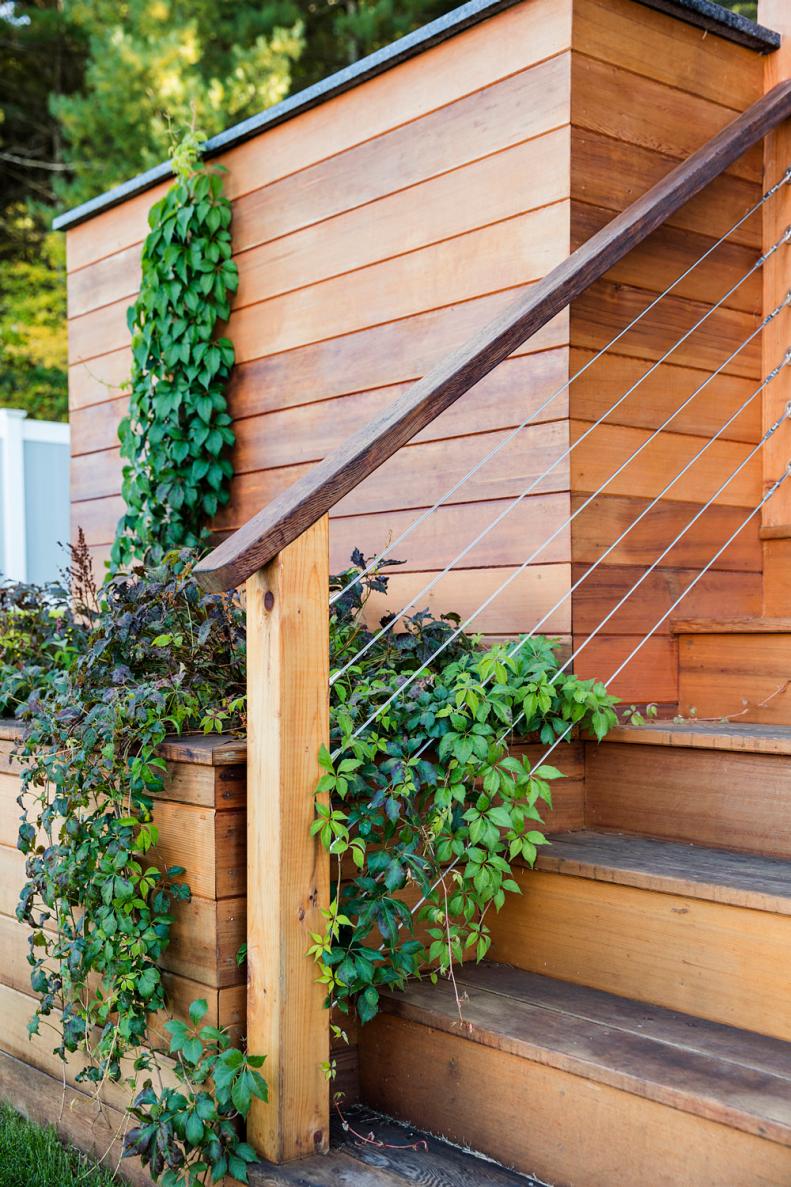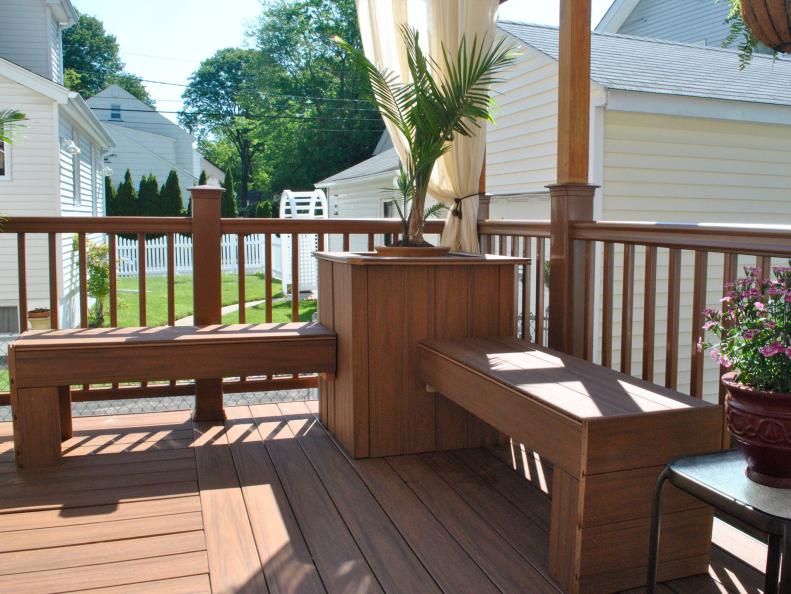Stylish & Functional Deck Railing Ideas
An important feature of a deck’s design, the railing provides safety, privacy and style. When choosing a railing for your deck, consider whether you want it to be a focal point of your outdoor living space or if you prefer a less conspicuous style that lets your home’s surrounding scenery stand out. Wood, metal or vinyl deck rails can add privacy and a decorative touch, while glass or cable rails offer a sleek, modern look that won’t obstruct any views. Woods suitable for railings include cedar, white oak, redwood and pressure-treated wood. You’ll also want to take maintenance into account when selecting a deck railing material; wood, for example, will require regular staining and sealing.
Before beginning any deck project, check local building codes for railing height and spacing requirements. A railing system is usually required for any deck or porch that is more than 30 inches above the ground and your railing must be at least 36 inches tall. There are also codes for open-rail systems and requirements for the spacing of vertical pillars or balusters.









